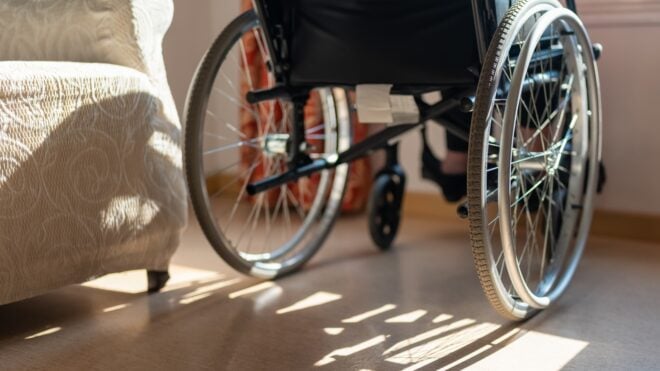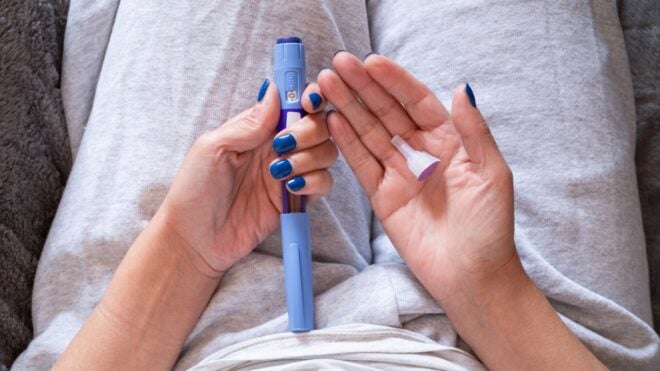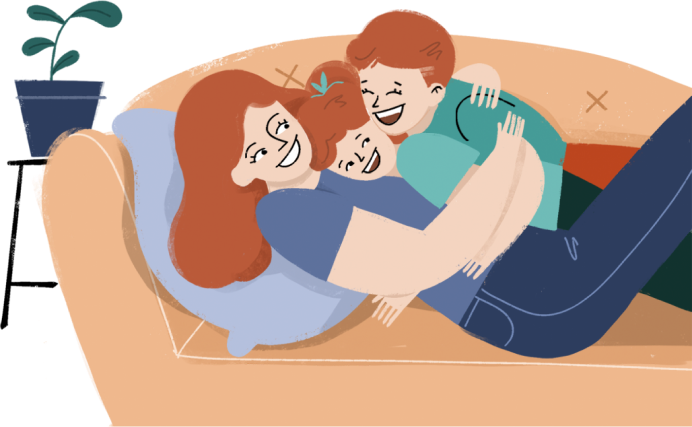Most households can tear through a loaf of bread in no time.
Every now and then, though, we all get stuck with moldy bread that just didn't get eaten in time.
When that happens, I know that my habit is to check what's left and see if any of it is salvageable. After all, if there are five slices of bread and only two are moldy, why let the other three go to waste, right?
Wrong, as it turns out.
A representative from the Department of Agriculture recently shared the scoop with NPR, emphasizing that moldy bread is simply not safe to eat.
That means that throwing out the moldy slices, or trimming off the green 'n' furry crusts, just doesn't cut it when it comes to food safety. Some foods are pretty formidable in the face of mold, but bread isn't one of them.
Next time, throw that moldy loaf in the garbage straight away.
In the meantime, scroll through to learn why moldy bread can't really be salvaged, and what you should do to preserve your bread as long as possible.
[H/T: Country Living]
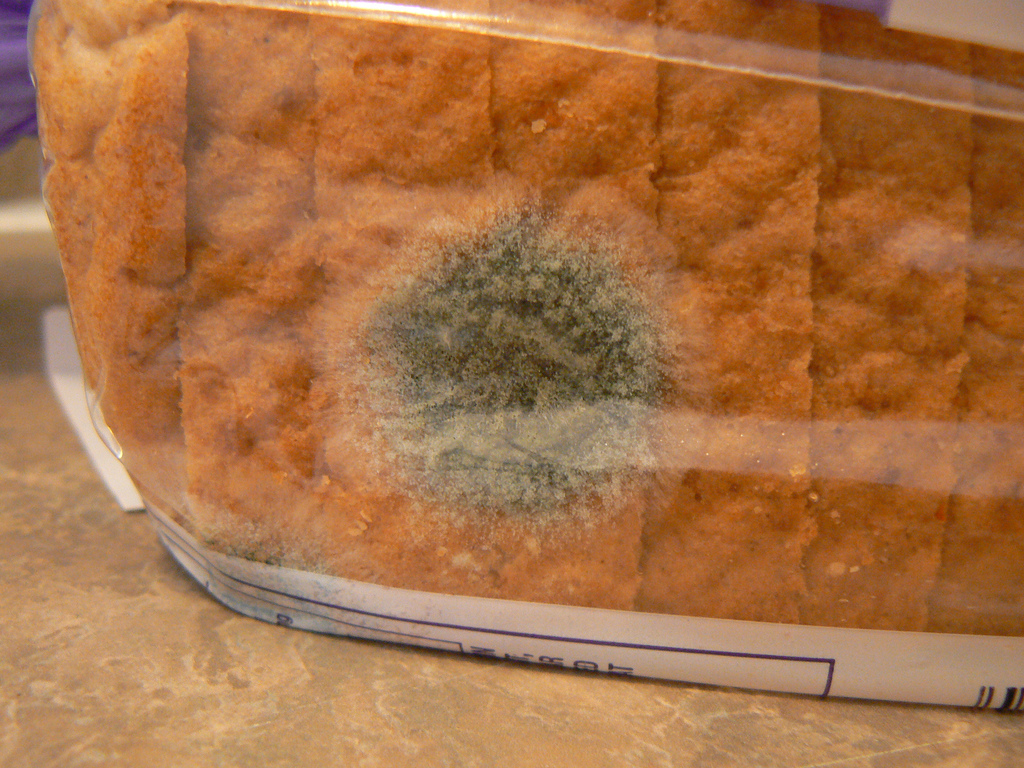
You just bought that bag of sliced bread three days ago, but you're dismayed to see a splotch of grey-green mold developing across a few slices.
Do you:
A.) Separate out the moldy slices and save the rest, or
B.) Throw out the whole loaf?
If you chose option A, you might be putting your health at serious risk.
Once mold has visibly developed in one spot, there's a good chance that microscopic spores have spread much, much farther inside the loaf.
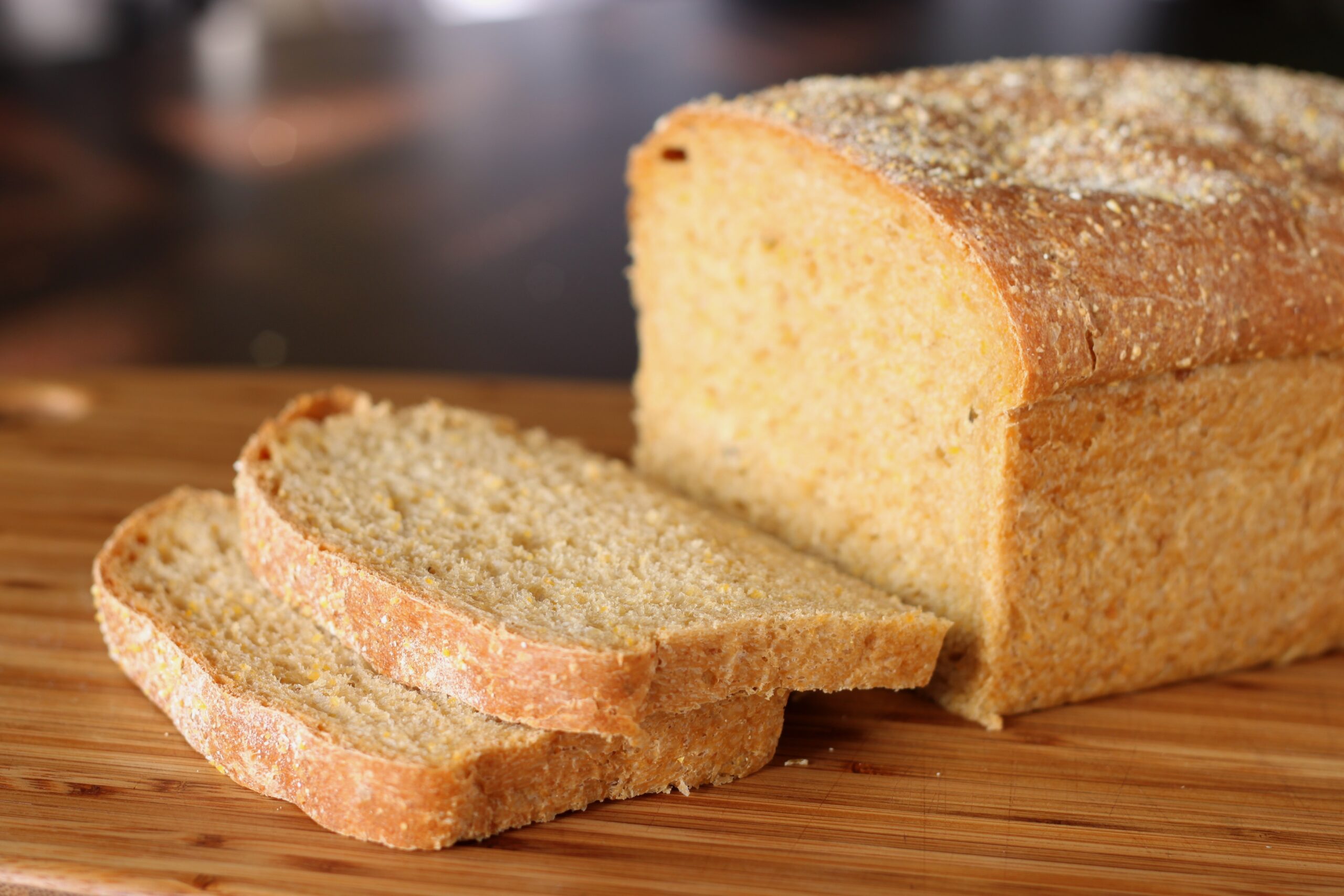
In an interview with NPR, Mariana Graveley of the U.S. Department of Agriculture explains that mold really can't be excised from a soft and porous food like bread.
She explains, "With soft food, it's very easy for the roots [of the mold], or the tentacles, or whatever creepy word you want to use, to penetrate into the bread."
What's more, bagged bread is an excellent breeding ground for mold because it tends to be warm and humid, and full of yummy yeast and sugar for spores to feed on.
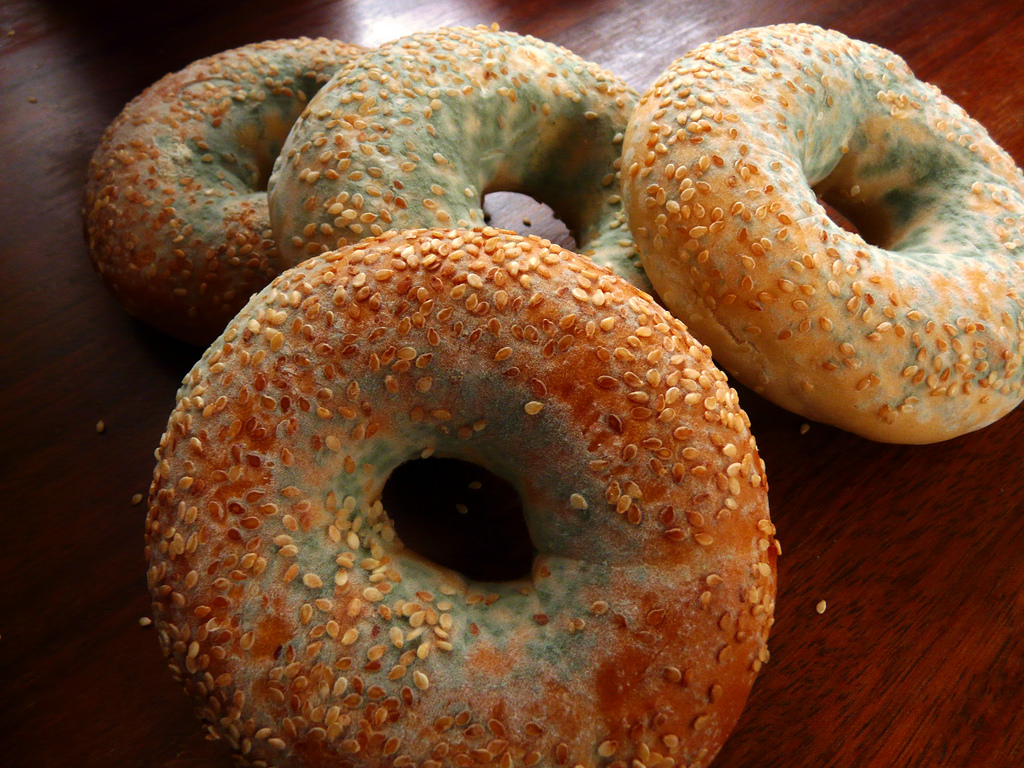
Some foods are designed to be moldy, like blue cheese and certain kinds of hard sausage.
There are also lots of foods that can withstand mold pretty well.
Hard cheese and hard sausages are greasy and dense; mold has a hard time penetrating, so it's usually totally fine to cut of the suspect bits and eat the rest.
Similarly, firm fruits and veggies like apples, carrots, uncooked potatoes, and the like can usually be salvaged from some minor moldering.
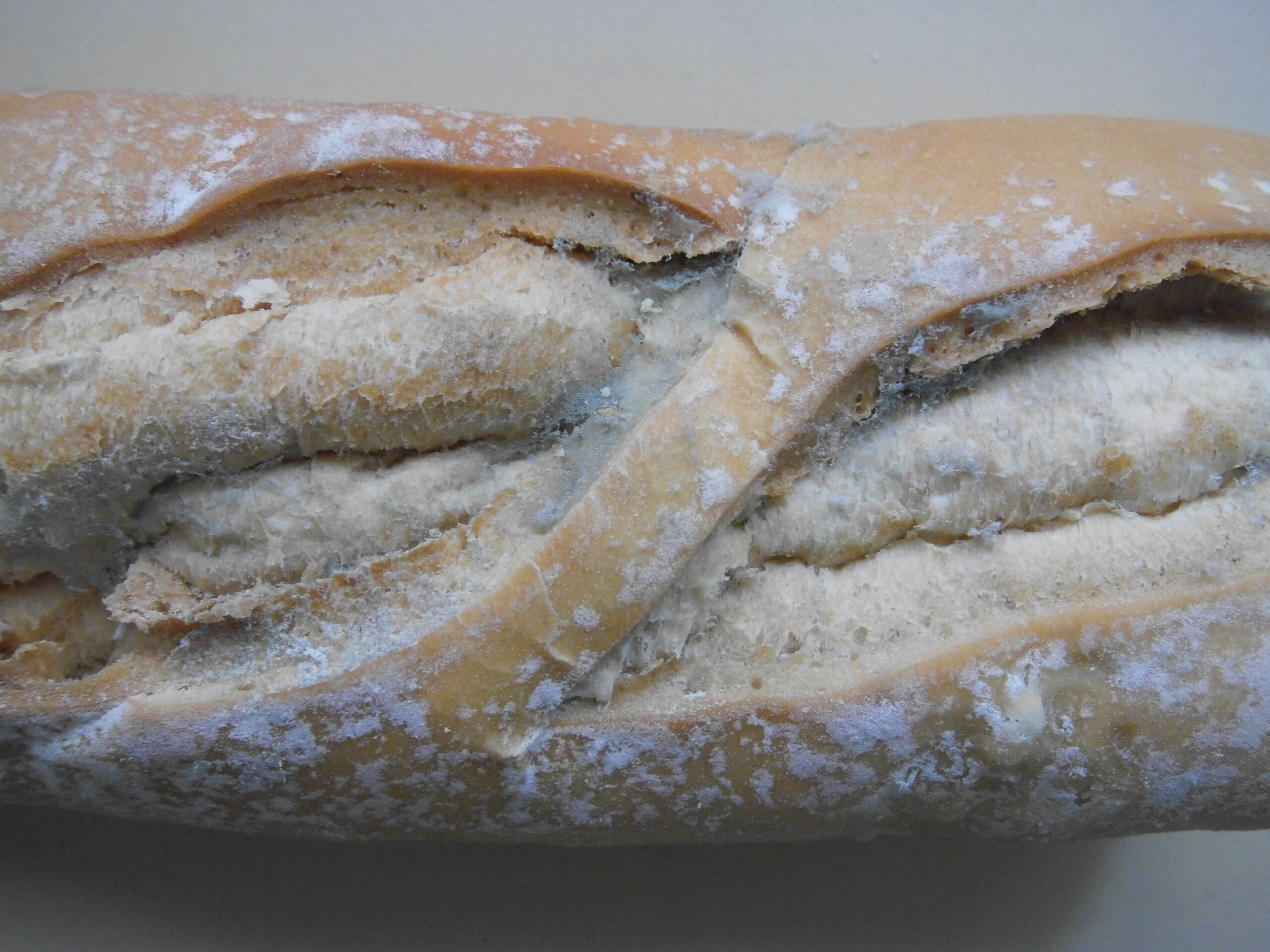
With bread, you might be tempted to just cut off the section that looks gnarly and keep the rest to eat.
After all, it feels like a waste of money to throw out the part that isn't visibly gross, especially if it's a full of nearly-full loaf.
Lots of us are very leery of wasting food, which is a good quality, but this is a case where being pennywise in the short-term might cost you in the long run.
Eating moldy bread can make you seriously ill.
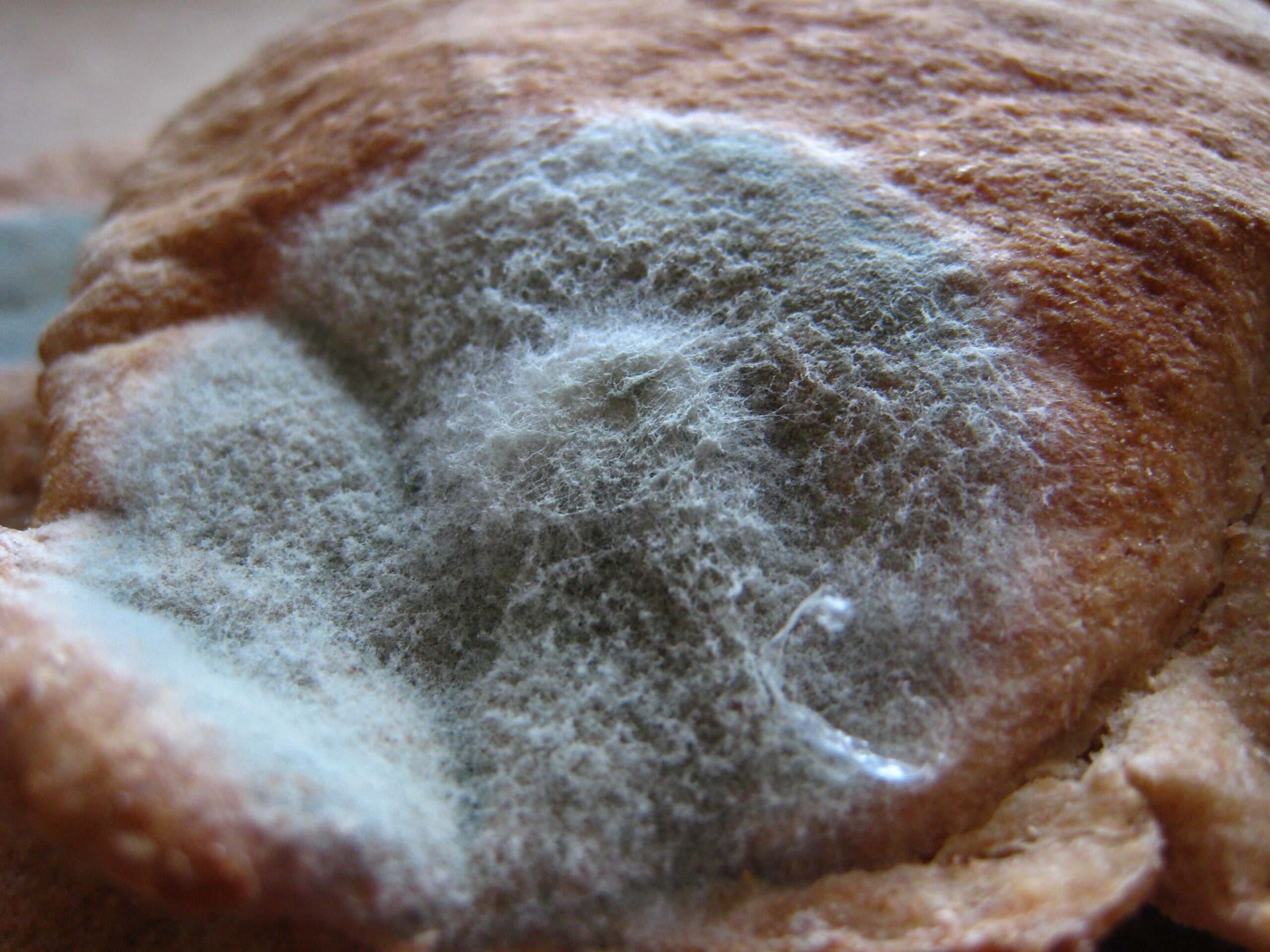
If you grew up in a thrifty household, you probably heard one of your parents scoff at some point and say that mold is "just penicillin."
While it's true that penicillin was discovered because of mold growing accidentally in a petri dish, that doesn't mean it's healthy to eat.
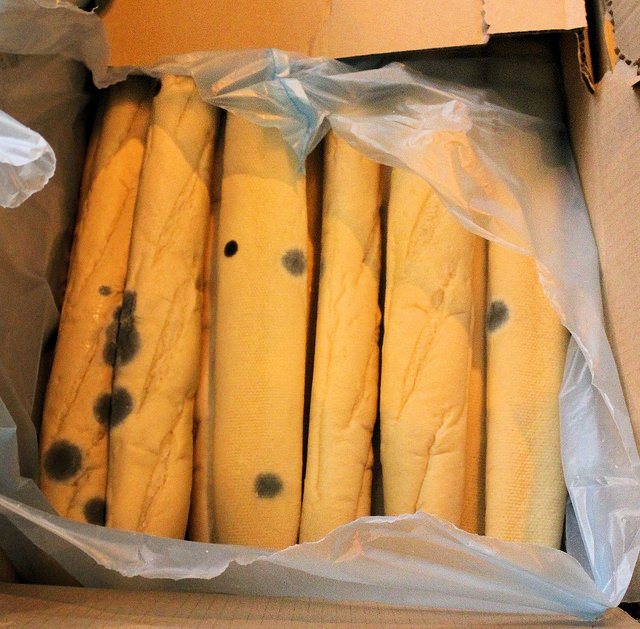
For one thing, you shouldn't be consuming penicillin unless it's prescribed by a doctor.
More importantly, most bread mold is not penicillin. Even the strains of mold that might be related to the antibiotic are very distantly linked.
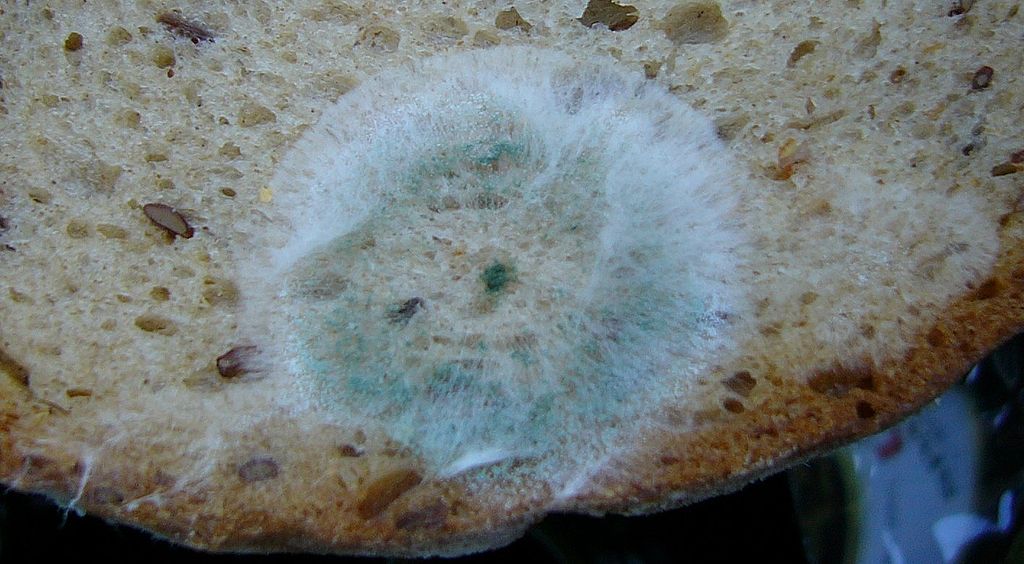
In fact, some bread molds produce poisonous mycotoxins, which can make you severely ill.
Almost all molds can cause allergic and respiratory symptoms if you eat them, or even inhale too close to the fungus.
Mold also often grows alongside bacteria, so there could be other poisonous bugs growing along with the fuzzy blue stuff.
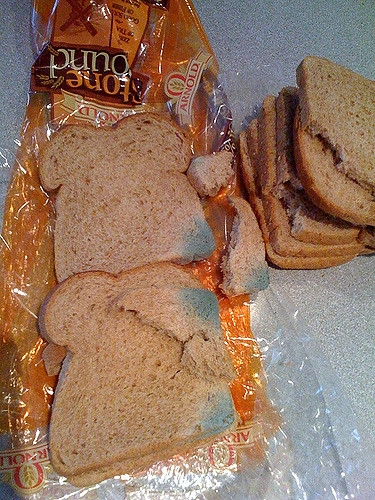
Go to the doctor if you experience any of the following symptoms after consuming food that may have been contaminated with mold:
- Runny nose
- Cough
- Difficulty breathing
- Dizziness and weakness
- Nausea and vomiting
Do you plan to change your approach to moldy foods?
Let us know in the comments, and don't forget to SHARE to protect friends and family from exposure to dangerous spores.

